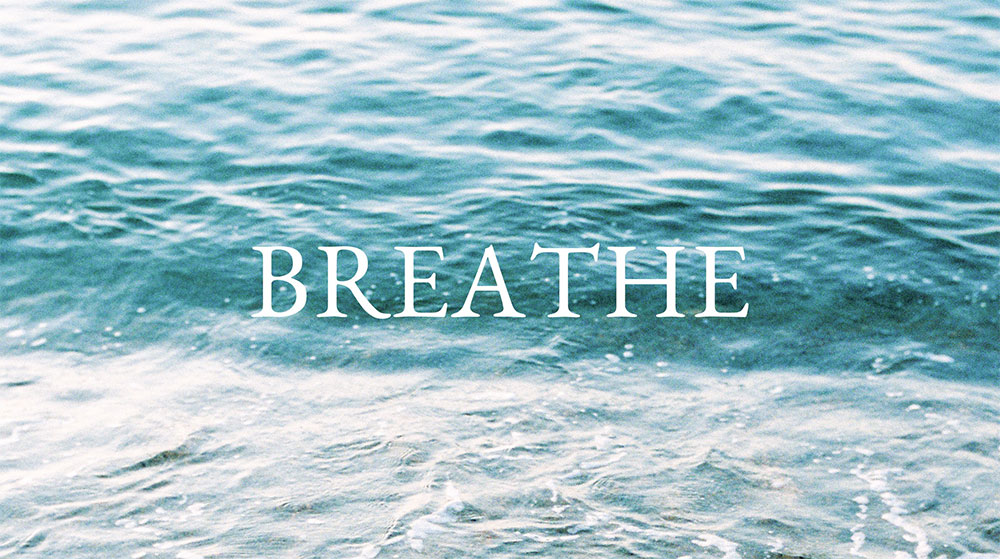As a Pilates instructor, and as a dance teacher, I get lots of questions and comments about breathing. And, to be honest, there is a huge amount of information out there on breathing for exercise; breathing for dance, and breathing in general. So much of it can seem complicated and contradictory.
I don’t pretend to be an expert, nor do I pretend to get it right all of the time. But there are a few pointers which might help anyone confused about breathing.
The first point is simply to breathe! Too many people hold their breath when performing an exercise, or dancing a circuit of a quickstep. Concentration takes over, and before you know it you are gasping for breath. Generally, we don’t think about breathing on a day to day basis, so why can it be so hard in the context of an exercise class or dance class?
Sometimes it can be difficult to know when to breathe, and before you know it, you’ve missed your chance and you end up holding your breath. In a Pilates context, we try to use the breath to support the movement being executed. As one of the principles of Pilates is core stability, breathing out on an exertion can help to stabilise through the abdominal muscles.
Think about it. As you breathe in you should feel your lungs fill with air. The rib cage expands; the belly expands and the pelvic floor should gently release. As you breathe out, the pelvic floor gently contracts; the belly contracts and the rib cage flattens as the air is expelled from the lungs.
A nice exercise to try, which also has a relaxing effect, is to sit, or lie, in a comfortable position. Inhale through the nose for a slow count of 4, feeling the breath get all the way down to the pelvic floor. Then exhale through the mouth for a slow count of 4 (or 6 if you feel more adventurous) expelling all the air from the lungs. Repeat several times, really being aware of the breathing process.
Now, I am very aware that some exercise instructors will ask for an inhale on, say, raising the arms above the head. Others will ask for an exhale. Confusing or what? Neither is wrong, depending on the outcome that they want. Inhaling as you raise your arms makes you feel like you can expand your chest further and stretch towards the ceiling. But it often encourages a curvature of the spine and a tilt of the pelvis. If stretch is what you are after, it’s not necessarily a bad thing. Exhaling as you raise your arms encourages the abdominal muscles to engage so the spine can maintain a neutral position; it encourages the shoulder blades to ‘slide’ down the back and more of a grounding sensation through the feet. Personally, my abdominal muscles need all the help they can get, so I would naturally tend towards the latter method, rather than the former.
In any case, breathing needs to feel natural. If you are constantly thinking about when to breathe, or feel like you are hyperventilating to keep up with the breathing instructions you are given, you will lose the efficacy of the exercise you are performing.
In a social dance context, think about breathing in the same way as when you are speaking. Breaths come naturally at the end of a phrase or sentence. So in dance, try to match your breathing to the end of a figure or, if that feels too much, the end of a musical phrase. If you are performing a figure that requires power, like a spin or a pivot, you might find an out-breath helpful as it will help to engage those all important abdominal muscles, and therefore increase the stability of the movement.
Much more could be said on the subject, but then there is a danger of falling into the trap of becoming complicated. So, the most important point is to breathe! Once you’ve remembered to do that, think about the movement: if you need those abdominal muscles for support, you might need an out-breath to help you.

